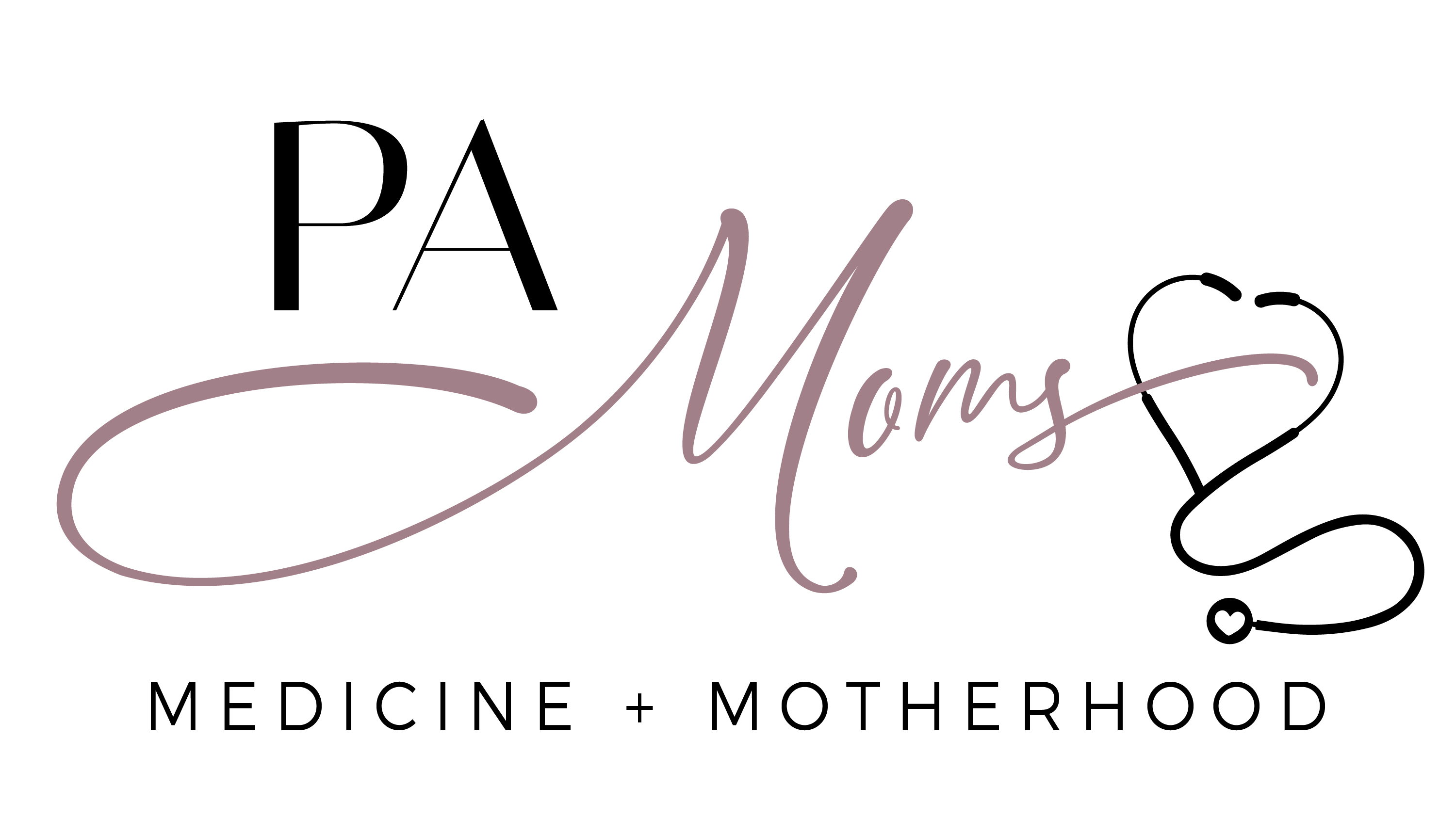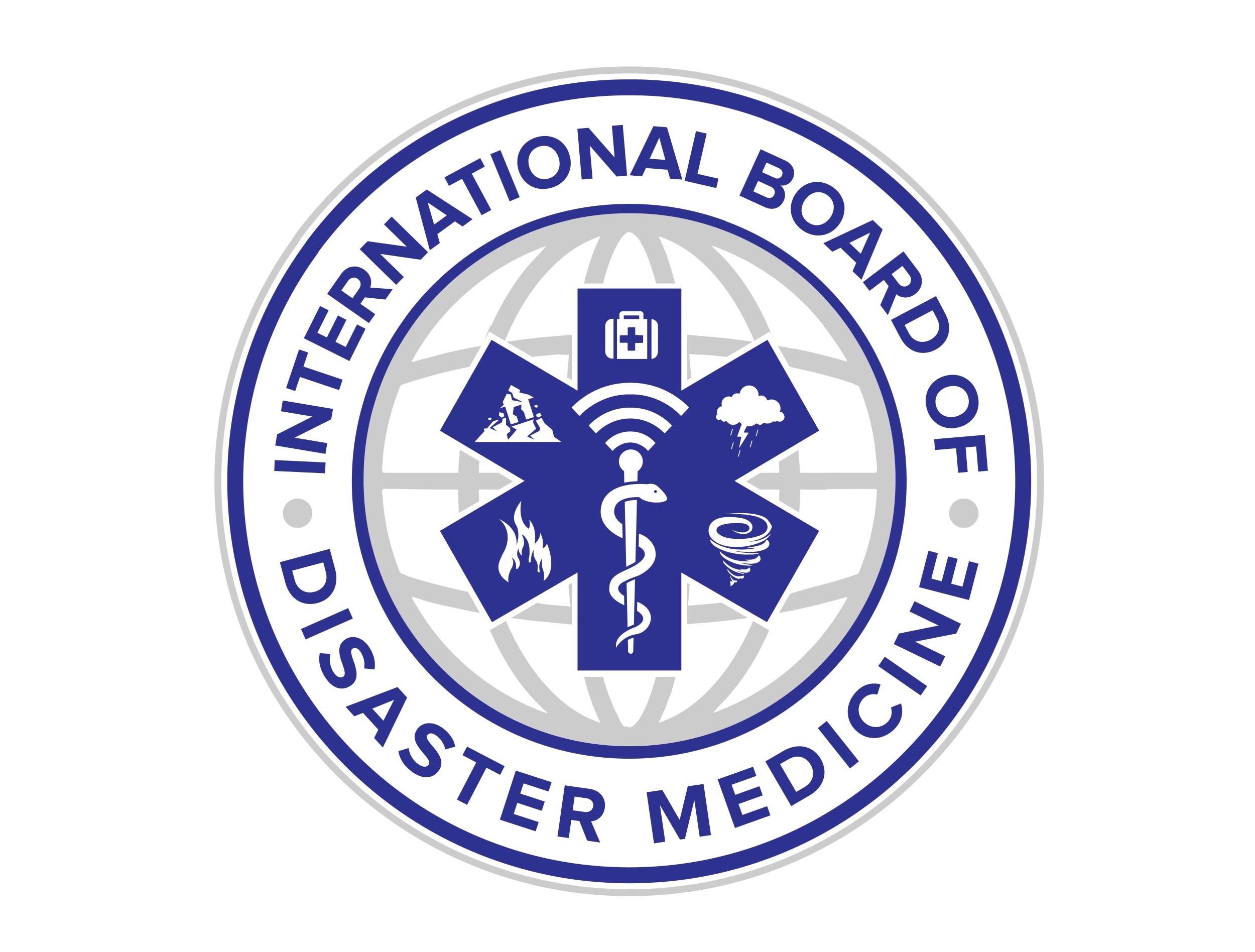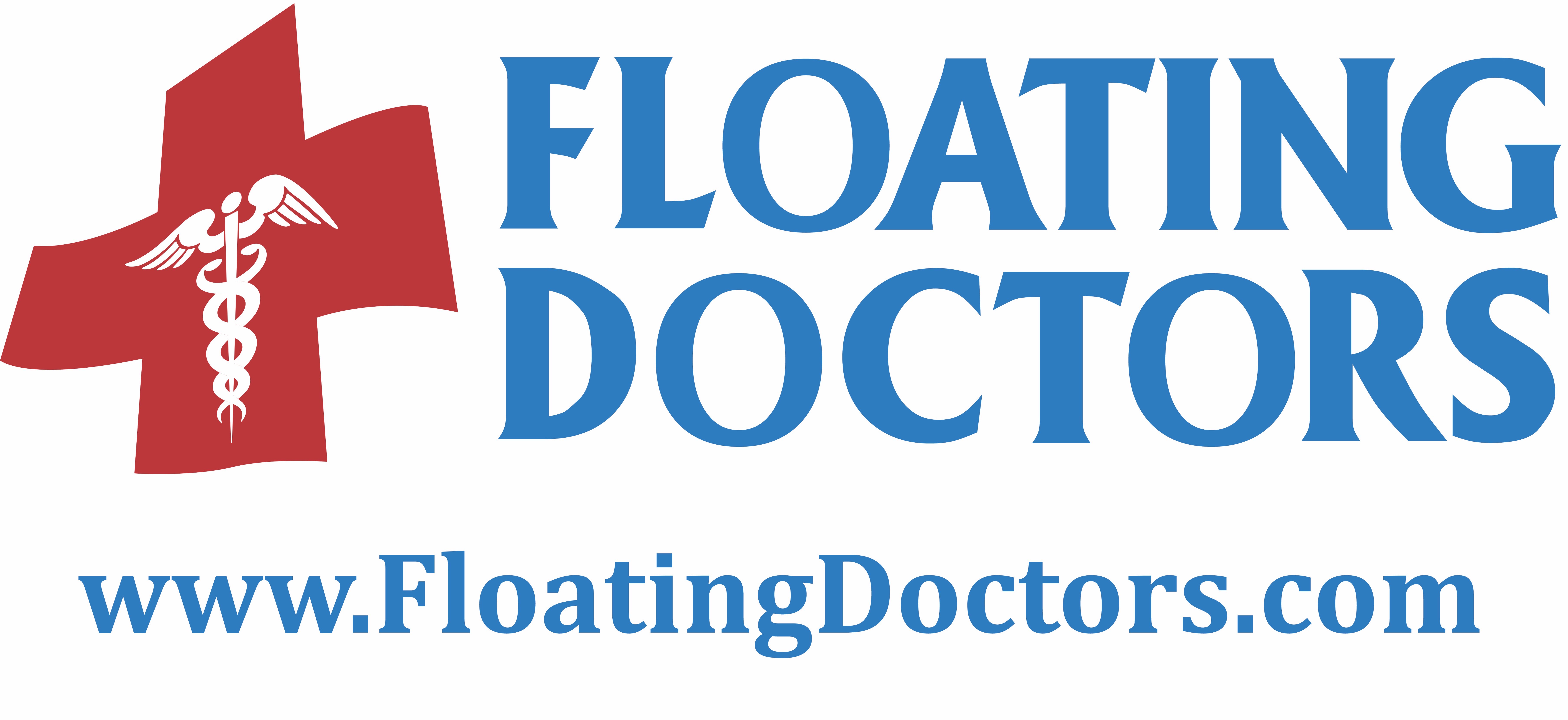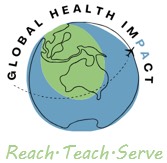Lynchburg Journal of Medical Science
Specialty
Emergency Medicine | Urgent Care | Family Medicine | Critical Care | Trauma
Abstract
Epistaxis, the most common Otolaryngology-related emergency, is responsible for one in 200 emergency department (ED) visits in the United States (US) and one-third of otolaryngology visits.1,11 Up to 60% of the population will experience epistaxis during their lifetime, and 6% -10 % will require medical intervention.2,3 Epistaxis occurs in children and adults and has a seasonal variation. Although 85% of nosebleeds are idiopathic, they are more frequent in those on supplemental oxygen, anticoagulation, antiplatelet therapy, and in those with other conditions that may predispose them to bleeding. Most clinicians will encounter patients with acute epistaxis; therefore, it is vital to be educated on the etiology, prevention, and acute management. This CME article will review the new Clinical Practice Guidelines4 from the American Academy of Otolaryngology-Head and Neck Surgery regarding epistaxis and discuss newer therapies that have emerged.
Recommended Citation
Cannell, Christopher R.
(2025)
"Stop the Bleed! Acute Epistaxis Management,"
Lynchburg Journal of Medical Science: Vol. 1:
Iss.
1, Article 9.
DOI: https://doi.org/10.63932/3067-7106.1014
Available at:
https://digitalshowcase.lynchburg.edu/jms/vol1/iss1/9
Included in
Allergy and Immunology Commons, Critical Care Commons, Critical Care Nursing Commons, Emergency Medicine Commons, Family Medicine Commons, Family Practice Nursing Commons, Geriatrics Commons, Internal Medicine Commons, Interprofessional Education Commons, Osteopathic Medicine and Osteopathy Commons, Otolaryngology Commons, Pediatrics Commons, Primary Care Commons, Trauma Commons






